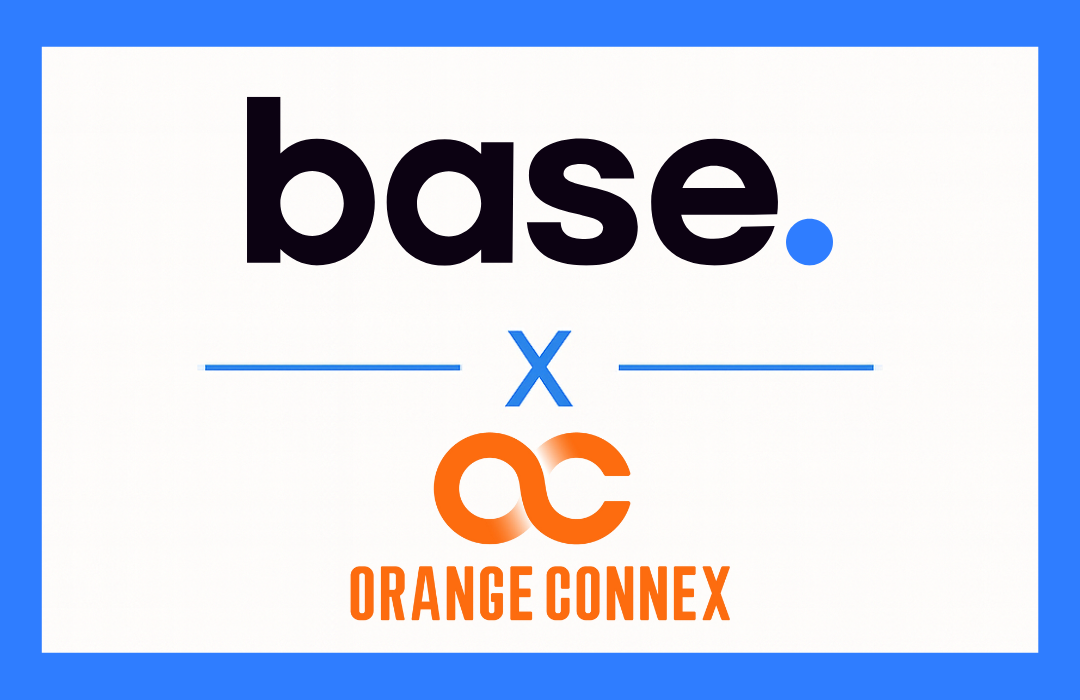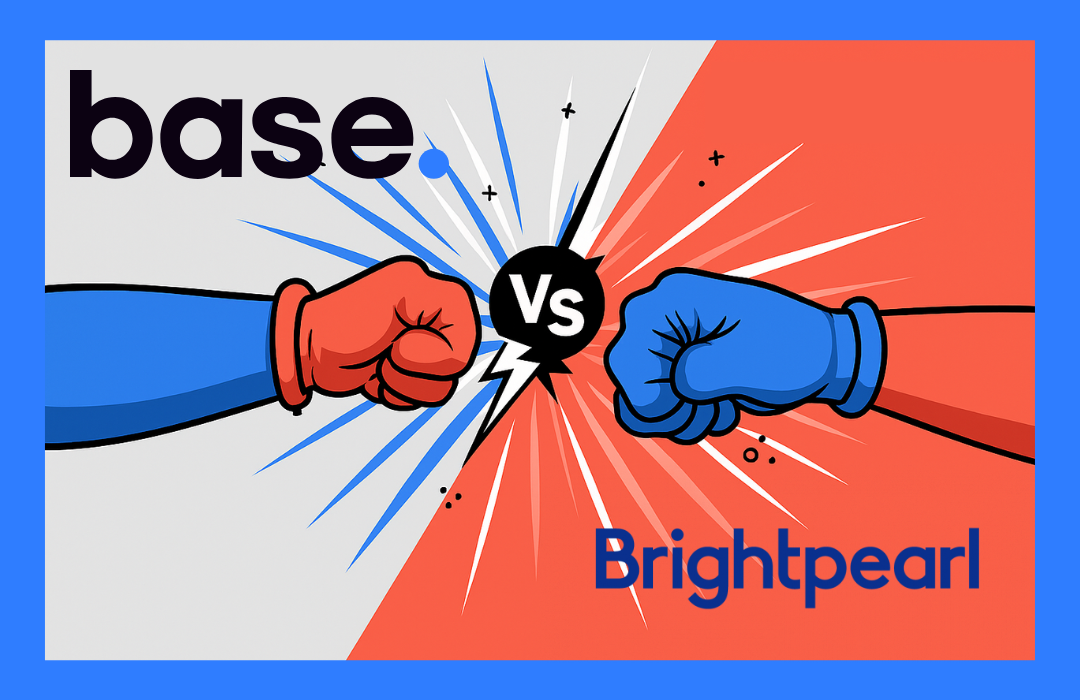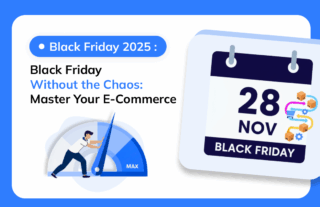
Key Summary
- UK e-commerce sellers face rising delivery costs, tougher customer expectations, and last-mile complexity & cross-border shipping challenges.
- Behind the scenes, overselling risks, warehouse bottlenecks, and fragmented systems create operational strain.
- When choosing a fulfilment partner, evaluate needs, location, technology, pricing, and scalability.
- Orange Connex: supports sellers with UK-based hubs for faster delivery, lower costs, and smoother cross-border fulfilment.
- Base: provides automation and integrations—centralised orders, real-time stock sync, and carrier connectivity for scalable growth.
Introduction
For scaling UK sellers, fulfilment and delivery are no longer “back-office” processes—they’re core growth levers. From customer expectations for next-day delivery to the rising complexity of managing multiple sales channels, the ability to run efficient operations makes the difference between a five-star review and a lost customer.
Base partner, Orange Connex has highlighted the importance of tackling last-mile delivery complexity and the rise of UK-based fulfilment hubs in shaping the future of e-commerce. Building on those insights, we’ll explore what sellers should consider when choosing a fulfilment partner—and how aligning with the right provider can accelerate growth and customer satisfaction.
What Are the Biggest Delivery Challenges for UK E-Commerce?
Orange Connex notes three critical hurdles for sellers in the UK:
- Cost of delivery – rising carrier fees squeeze margins.
- Customer expectations – “fast and free” has become the baseline.
- Last-mile complexity & cross-border shipping – from failed deliveries to customs delays, managing the final leg and international routes remains a major challenge.
These external pressures are only part of the picture. Behind the scenes, sellers must also address:
- Overselling risks without accurate stock control.
- Manual fulfilment bottlenecks slowing warehouse teams.
- Complex systems across shipping, inventory, and order management.
Key Considerations When Choosing a Fulfilment Partner
1. Assess Your Needs
Begin by evaluating your business requirements, including order volume, product diversity, shipping destinations, and budget constraints. Identify whether you only need basic order fulfilment services, or if value-added services such as labelling, returns processing, or customisation are required.
2. Consider Location
Location is a strategic factor in fulfilment. The proximity of fulfilment centres to your key markets can significantly reduce shipping costs, shorten delivery times, and improve customer satisfaction. Many providers, including Orange Connex UK, emphasise the importance of UK-based hubs that offer both domestic and international reach.
3. Evaluate Technology
Robust technology is essential for seamless operations. Look for providers offering:
- Real-time inventory visibility
- Automated order routing
- Integration with ecommerce platforms
- Easy shipment tracking
These tools improve efficiency, reduce errors, and provide the scalability needed as order volumes grow.
4. Review Pricing Structure
Transparent pricing is critical. Compare fulfilment providers on:
- Storage fees
- Pick & pack costs
- Shipping rates
- Minimum order requirements
Choose a model that aligns with your margins while remaining flexible enough to accommodate seasonal or unexpected spikes in demand.
5. Assess Scalability
Your chosen partner should be able to grow with you. Look for flexible storage options, scalable pricing plans, and operational models that can adapt as you expand into new channels, categories, or regions.
The Role of Technology and Integration
While Orange Connex focuses on network efficiency and logistics, pairing their capabilities with strong back-end integration (such as order centralisation, warehouse automation, and carrier connectivity) ensures every order moves smoothly from checkout to doorstep.
Sellers should ensure that their fulfilment provider can integrate seamlessly with their sales channels and technology stack. Combining the smooth service of Orange Connex with the power of Base and its customisable automations, sellers have the tools to excel.
👉 Learn more about fulfilment best practices with Orange Connex, or explore how technology integrations can future-proof your e-commerce operations with Base.
Related Q&A
Q: What should I look for first when choosing a fulfilment provider?
A: Start with your business needs: order volume, product diversity, and value-added requirements like returns handling or labelling.
Q: How does fulfilment centre location affect my business?
A: Proximity to customers reduces delivery times, shipping costs, and improves satisfaction. Local hubs also enable faster international dispatch.
Q: Why is technology so important in fulfilment?
A: Real-time stock visibility, automated routing, and seamless ecommerce integration reduce errors and scale your operations efficiently.

